Home>Gardening & Outdoor>Plant Care & Gardening Tips>What Native Plants Should I Plant
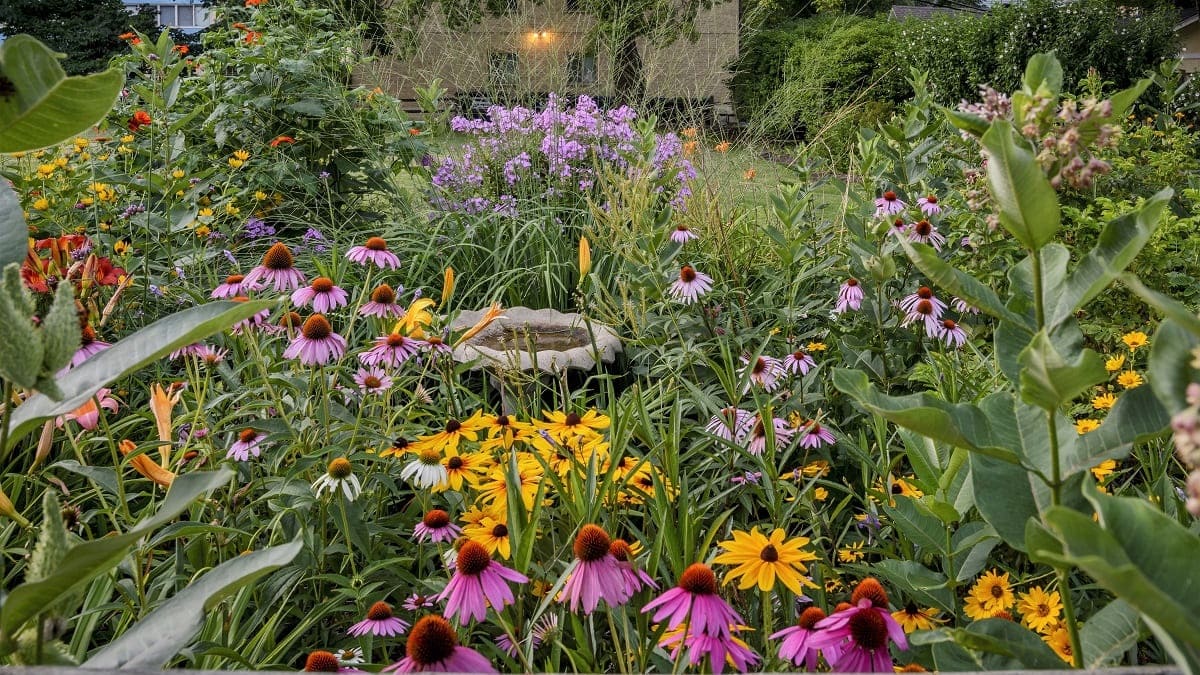

Plant Care & Gardening Tips
What Native Plants Should I Plant
Modified: August 17, 2024
Discover the best native plants to plant in your garden with our expert plant care and gardening tips. Create a thriving garden ecosystem today!
(Many of the links in this article redirect to a specific reviewed product. Your purchase of these products through affiliate links helps to generate commission for Storables.com, at no extra cost. Learn more)
Introduction
Welcome to the wonderful world of native plant gardening! Whether you're a seasoned gardener or just starting out, incorporating native plants into your garden can be a rewarding and beneficial endeavor. Native plants are those that naturally occur in a specific region, having developed and adapted to the local environmental conditions over time. This makes them uniquely suited to thrive in their native habitats, offering a host of advantages for both the environment and gardeners alike.
By choosing to plant native species, you are not only contributing to the preservation of local biodiversity but also creating a sustainable and low-maintenance garden that supports native wildlife. In this article, we will explore the numerous benefits of planting native plants, discuss important factors to consider before diving into native plant gardening, provide recommendations for native plants suitable for your region, and offer insights into creating and caring for a thriving native plant garden.
So, whether you're interested in attracting pollinators, conserving water, or simply fostering a deeper connection with the natural world, native plant gardening is a fulfilling and impactful way to beautify your outdoor space. Join us as we delve into the captivating realm of native plants and discover the wonders they have to offer!
Key Takeaways:
- Embrace native plants for a sustainable garden that supports local wildlife, conserves water, and requires minimal maintenance, creating a vibrant and resilient ecosystem.
- Before planting native species, consider local climate, wildlife impact, and garden design to create a thriving habitat that celebrates the natural beauty of your region.
Read more: What Native Trees Should I Plant
Benefits of Planting Native Plants
Embracing native plants in your garden yields a multitude of benefits that extend far beyond mere aesthetics. Let’s explore the compelling advantages of incorporating native species into your outdoor space:
- Biodiversity Preservation: Native plants play a crucial role in supporting local ecosystems and preserving biodiversity. By cultivating native species, you contribute to the conservation of indigenous flora and provide essential habitats for native wildlife, including birds, insects, and small mammals.
- Environmental Adaptability: One of the most remarkable attributes of native plants is their innate ability to thrive in the specific environmental conditions of their native region. These plants have evolved over time to withstand local climate variations, soil types, and other ecological factors, making them exceptionally resilient and well-suited to their surroundings.
- Water Conservation: Native plants are naturally adapted to the precipitation levels of their native region, often requiring less water once established. By incorporating drought-tolerant native species into your garden, you can significantly reduce the need for supplemental irrigation, thereby conserving water resources and promoting sustainable gardening practices.
- Low Maintenance: Unlike non-native plants that may struggle to acclimate to foreign environments, native plants typically require minimal maintenance once established. Their inherent resilience and compatibility with local conditions reduce the need for excessive fertilizers, pesticides, and ongoing maintenance, resulting in a more sustainable and eco-friendly garden.
- Wildlife Attraction: Native plants provide essential food sources and shelter for local wildlife, including butterflies, bees, and birds. By cultivating a diverse array of native species, you can create a thriving ecosystem within your garden, attracting and supporting a wide range of fascinating and beneficial wildlife.
- Historical and Cultural Significance: Many native plants hold cultural and historical significance, playing integral roles in traditional medicine, culinary practices, and folklore. By cultivating these plants, you can connect with the rich heritage of your region and gain a deeper appreciation for the natural resources that have sustained communities for generations.
These compelling benefits underscore the value of integrating native plants into your garden, offering a harmonious and sustainable approach to landscaping that celebrates the unique beauty and ecological contributions of indigenous flora.
Factors to Consider Before Planting
Before embarking on your native plant gardening journey, it’s essential to consider several key factors that will influence the success and sustainability of your garden. By carefully evaluating these elements, you can make informed decisions and create a thriving habitat for native species:
- Local Climate and Soil Conditions: Assess the specific climate and soil characteristics of your region to determine which native plants are best suited for your garden. Consider factors such as temperature ranges, precipitation levels, soil pH, and drainage patterns to select plants that can thrive in your local environment.
- Native Plant Selection: Research and identify native plant species that are indigenous to your area. Consult with local botanical gardens, native plant nurseries, or extension offices to discover native plants that are well-adapted to your region’s ecological conditions. Selecting a diverse array of native species can enhance biodiversity and provide a visually captivating landscape.
- Available Sunlight and Space: Evaluate the sunlight exposure and available space in your garden to determine the optimal placement of native plants. Some species may thrive in full sunlight, while others prefer partial shade. Additionally, consider the mature size of each plant to ensure adequate spacing for growth and optimal visual impact.
- Wildlife Considerations: Assess the potential impact of native plants on local wildlife, including their ability to attract pollinators, provide food sources for birds and insects, and offer shelter for small mammals. By selecting a variety of native plants that support diverse wildlife, you can create a balanced and resilient ecosystem within your garden.
- Regulatory Restrictions: Familiarize yourself with any local regulations or restrictions pertaining to the cultivation of native plants. Some regions may have guidelines related to the collection, propagation, or cultivation of certain native species to protect endangered or threatened plant populations.
- Garden Design and Aesthetic Preferences: Consider your desired garden aesthetic and design preferences when selecting native plants. Whether you aspire to create a vibrant wildflower meadow, a serene woodland garden, or a low-maintenance xeriscape, there are native plant species suited to a wide array of garden styles and themes.
By carefully considering these factors, you can lay a solid foundation for your native plant garden, ensuring that it harmoniously integrates with the natural landscape and provides a welcoming environment for local flora and fauna.
Recommended Native Plants for Your Region
When selecting native plants for your garden, it’s important to choose species that are well-adapted to the specific ecological conditions of your region. By incorporating native plants that naturally occur in your area, you can create a resilient and ecologically sound landscape that celebrates the unique beauty of your local environment. Here are some recommended native plants for various regions:
Midwest
In the Midwest, consider incorporating native prairie species such as purple coneflower (Echinacea purpurea), black-eyed Susan (Rudbeckia hirta), and big bluestem grass (Andropogon gerardii). These plants thrive in the region’s diverse soils and are well-suited to the fluctuating climate of the Midwest.
Northeast
For the Northeastern region, native plants like Eastern red columbine (Aquilegia canadensis), common milkweed (Asclepias syriaca), and Virginia bluebell (Mertensia virginica) can add charm and ecological value to your garden. These species are adapted to the region’s woodland and meadow habitats.
Southeast
In the Southeast, consider introducing native species such as beautyberry (Callicarpa americana), Florida anise (Illicium floridanum), and firebush (Hamelia patens) to your garden. These plants thrive in the region’s warm and humid climate, providing nectar and shelter for local wildlife.
Southwest
For the arid conditions of the Southwest, native plants like desert marigold (Baileya multiradiata), penstemon (Penstemon spp.), and desert willow (Chilopsis linearis) are excellent choices. These drought-tolerant species add vibrant colors and textures to the landscape while conserving water.
Pacific Northwest
In the Pacific Northwest, native plants such as douglas fir (Pseudotsuga menziesii), salal (Gaultheria shallon), and red flowering currant (Ribes sanguineum) thrive in the region’s temperate rainforests and coastal habitats. These species contribute to the lush and diverse ecosystems of the Pacific Northwest.
These are just a few examples of the rich diversity of native plants that can enhance the ecological integrity and visual appeal of gardens across various regions. By selecting native plants that are well-suited to your local environment, you can create a vibrant and sustainable landscape that supports native wildlife and celebrates the natural heritage of your region.
Creating a Native Plant Garden
Embarking on the creation of a native plant garden is an enriching and rewarding endeavor that allows you to connect with the natural beauty and ecological heritage of your region. Whether you’re starting from scratch or transforming an existing garden, here are essential steps to guide you in cultivating a thriving native plant haven:
Assess Your Garden Site
Begin by evaluating the environmental conditions of your garden site, including sunlight exposure, soil composition, and drainage patterns. Understanding these factors will help you select native plants that are well-suited to the specific characteristics of your garden.
Research Native Plant Species
Conduct thorough research to identify native plant species that thrive in your region. Consider factors such as bloom times, mature sizes, and wildlife interactions to create a diverse and resilient plant community within your garden.
Design Your Garden Layout
Sketch out a garden layout that incorporates native plants in a visually appealing and ecologically sound manner. Consider creating naturalistic plant groupings, incorporating native grasses and wildflowers, and providing habitat features for wildlife, such as birdhouses and pollinator-friendly plants.
Read more: What Is A Non-Native Plant
Prepare the Soil
Prepare the soil by amending it with organic matter, if necessary, to improve its structure and fertility. Native plants have evolved to thrive in specific soil conditions, so ensuring a healthy growing medium is essential for their success.
Planting and Establishment
Plant native species according to their specific requirements for sunlight, spacing, and soil depth. Water the newly planted specimens thoroughly and provide ongoing care during the establishment period to promote healthy root development.
Mulching and Maintenance
Apply a layer of organic mulch around the base of native plants to conserve soil moisture, suppress weeds, and provide a natural nutrient source as it decomposes. Regular maintenance, including watering, weeding, and periodic pruning, will help your native plant garden thrive and evolve over time.
Wildlife Integration
Integrate elements that attract and support local wildlife, such as bird baths, native bee houses, and butterfly-friendly nectar sources. Creating a welcoming habitat for wildlife enhances the ecological value and dynamic beauty of your native plant garden.
By following these steps and infusing your creativity and passion for the natural world, you can cultivate a captivating native plant garden that reflects the unique character of your region while providing essential resources for local wildlife and contributing to the conservation of native flora.
Read more: What Is A Native Plant In California
Maintenance and Care of Native Plants
Once your native plant garden is established, providing proper maintenance and care is essential to ensure the long-term health and vitality of the plant community. Native plants, well adapted to local conditions, generally require less maintenance than non-native species. Here are key practices to consider for the maintenance and care of your native plants:
Watering
While native plants are often more resilient to local climate conditions, it’s important to provide supplemental water during periods of drought, especially for newly established plants. Once established, many native species require minimal watering, as they are adapted to the natural precipitation patterns of their native habitat.
Weeding
Regularly inspect your native plant garden for invasive weeds and promptly remove them to prevent competition for resources and maintain the ecological integrity of the garden. Mulching can help suppress weed growth and conserve soil moisture, reducing the need for frequent weeding.
Pruning and Deadheading
Pruning native plants, when necessary, helps maintain their shape, remove dead or damaged growth, and promote healthy growth patterns. Deadheading spent flowers can encourage prolonged blooming and prevent self-seeding in species where it may be undesirable.
Read more: What Native Plant Species Are In Oregon
Fertilization
Native plants generally have modest fertility requirements and may not need regular fertilization. However, if soil tests indicate deficiencies, use organic, slow-release fertilizers sparingly to avoid excessive nutrient enrichment, which can negatively impact native plant communities and local ecosystems.
Integrated Pest Management
Monitor your native plant garden for signs of pest or disease issues and employ integrated pest management strategies, such as promoting natural predators, using targeted treatments, and maintaining plant diversity to enhance resilience and reduce the need for chemical interventions.
Seasonal Considerations
Be mindful of seasonal considerations, such as winter protection for vulnerable species, providing nesting sites and food sources for overwintering wildlife, and adapting maintenance practices to align with the natural rhythms of the garden throughout the year.
Observation and Adaptation
Regularly observe the performance of native plants in your garden, noting their responses to environmental conditions and interactions with local wildlife. Adapt your maintenance practices based on these observations to promote the health and diversity of the plant community.
By embracing these mindful maintenance practices, you can foster a thriving and sustainable native plant garden that harmoniously integrates with the natural landscape, supports local wildlife, and reflects the inherent beauty and resilience of indigenous flora.
Conclusion
As we conclude our journey into the realm of native plant gardening, it’s evident that the decision to incorporate native species into your outdoor space offers a wealth of benefits for both the environment and the gardener. By embracing native plants, you not only contribute to the preservation of local biodiversity but also create a sustainable and visually captivating garden that supports native wildlife. The unique attributes of native plants, including their adaptability to local environmental conditions, water conservation benefits, and low maintenance requirements, make them an invaluable addition to any garden.
Throughout this exploration, we’ve delved into the multifaceted advantages of native plant gardening, from preserving biodiversity and attracting wildlife to connecting with the cultural and historical significance of indigenous flora. We’ve also examined the essential factors to consider before planting native species, provided recommendations for native plants tailored to various regions, and offered insights into creating and caring for a thriving native plant garden.
As you embark on your own native plant gardening journey, remember that each garden is a unique expression of the natural world, shaped by the ecological tapestry of your region and your personal vision for a sustainable and vibrant outdoor space. Whether you’re cultivating a prairie-inspired landscape in the Midwest, a woodland oasis in the Northeast, or a xeriscape retreat in the Southwest, native plants provide a rich palette for creating diverse and resilient ecosystems that celebrate the beauty and heritage of your local environment.
By nurturing a native plant garden, you become a steward of the land, fostering a harmonious relationship between humans, plants, and wildlife. Your garden becomes a living testament to the intrinsic value of native flora, offering a sanctuary for biodiversity, a source of inspiration, and a beacon of sustainable landscaping practices.
So, as you embark on this horticultural adventure, may your native plant garden flourish and inspire, inviting the wonder of the natural world into your daily life and leaving a lasting legacy of environmental stewardship for generations to come.
Frequently Asked Questions about What Native Plants Should I Plant
Was this page helpful?
At Storables.com, we guarantee accurate and reliable information. Our content, validated by Expert Board Contributors, is crafted following stringent Editorial Policies. We're committed to providing you with well-researched, expert-backed insights for all your informational needs.
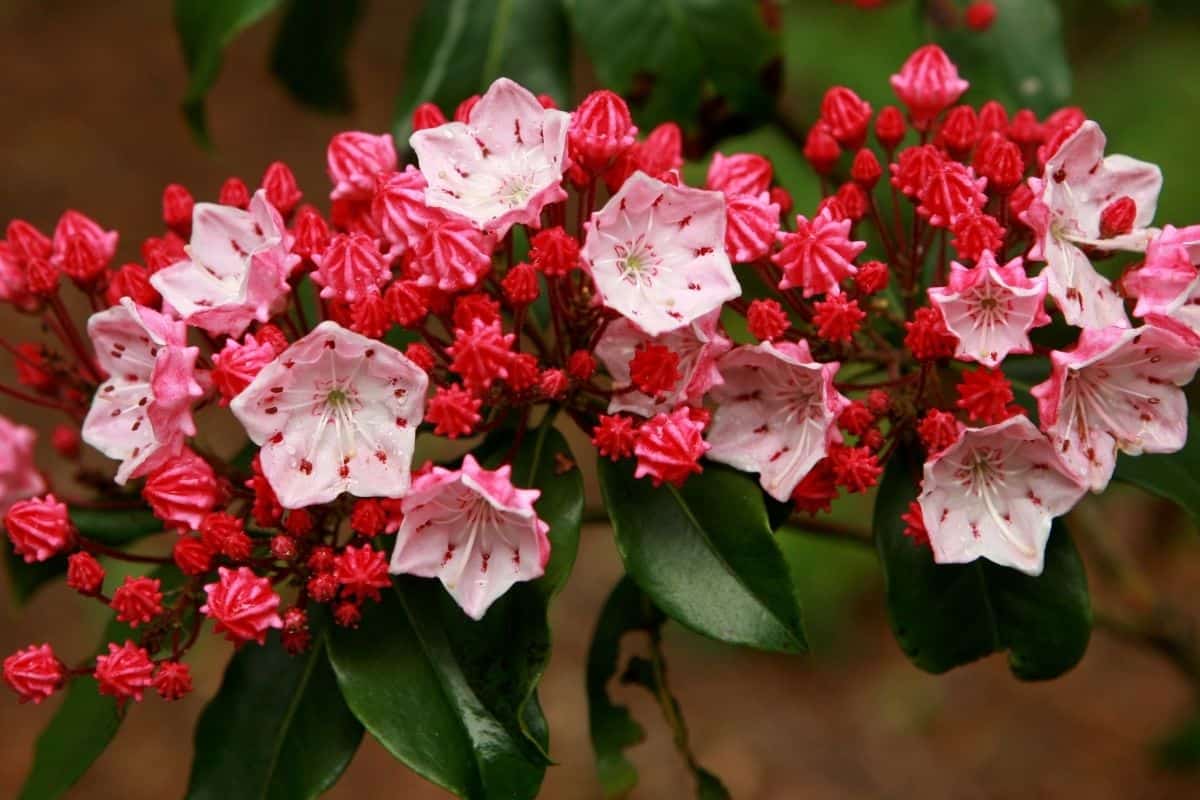
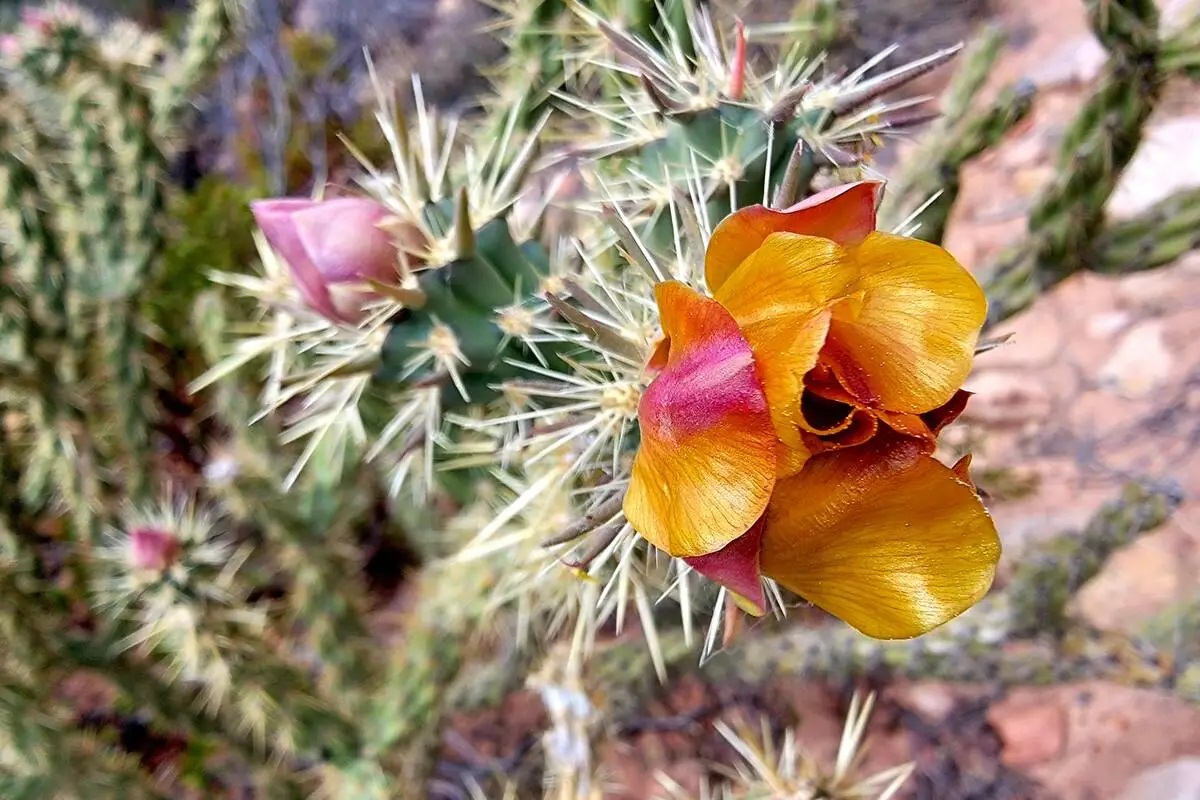
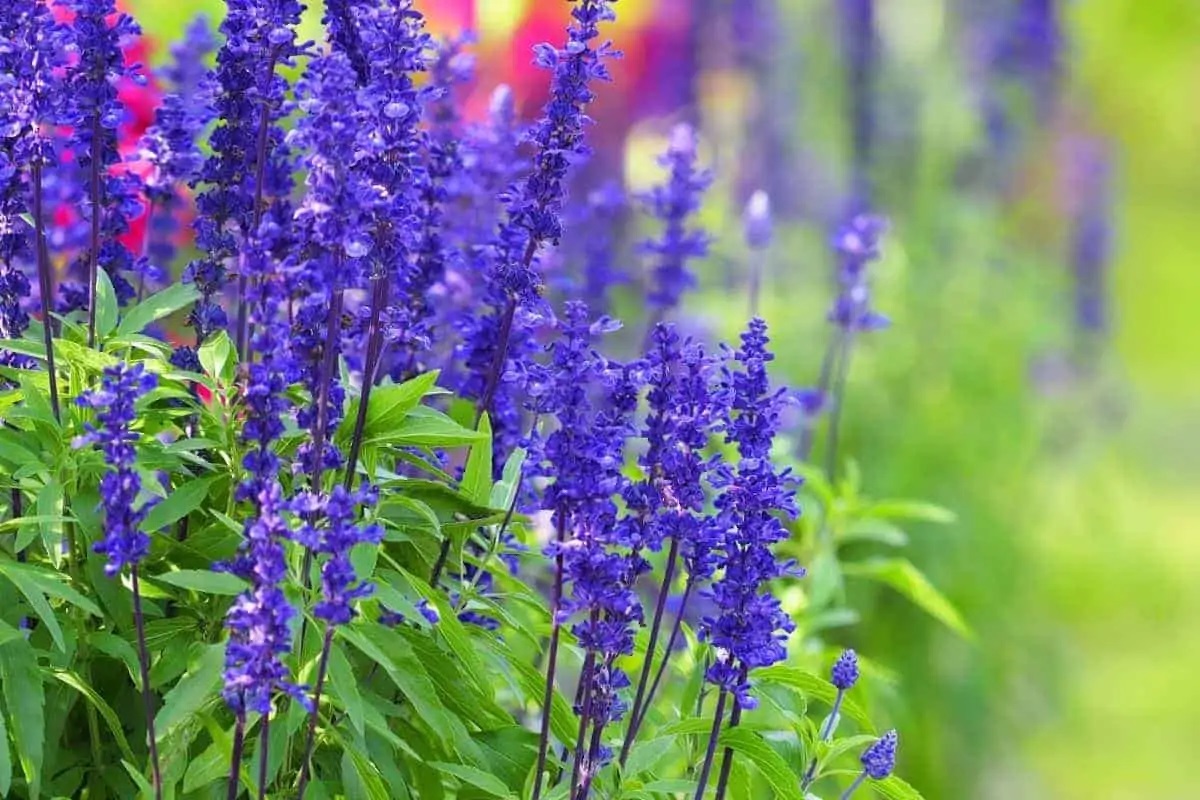
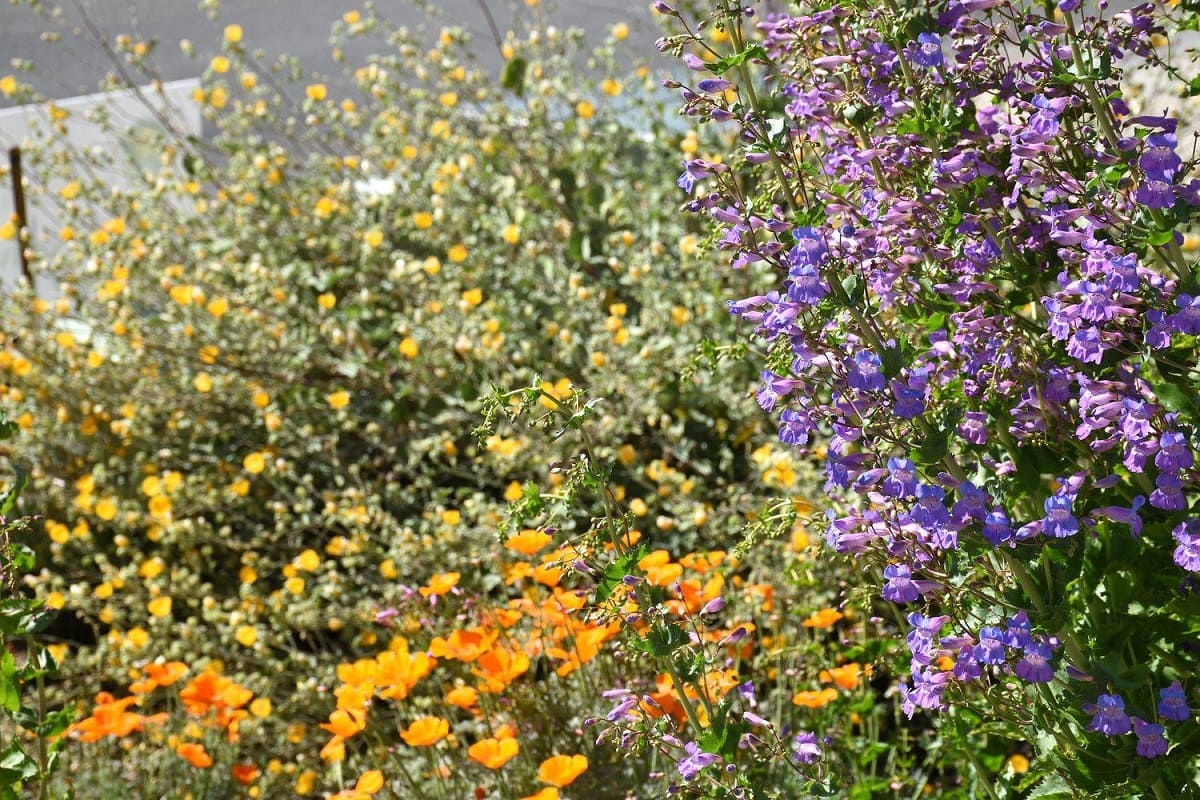
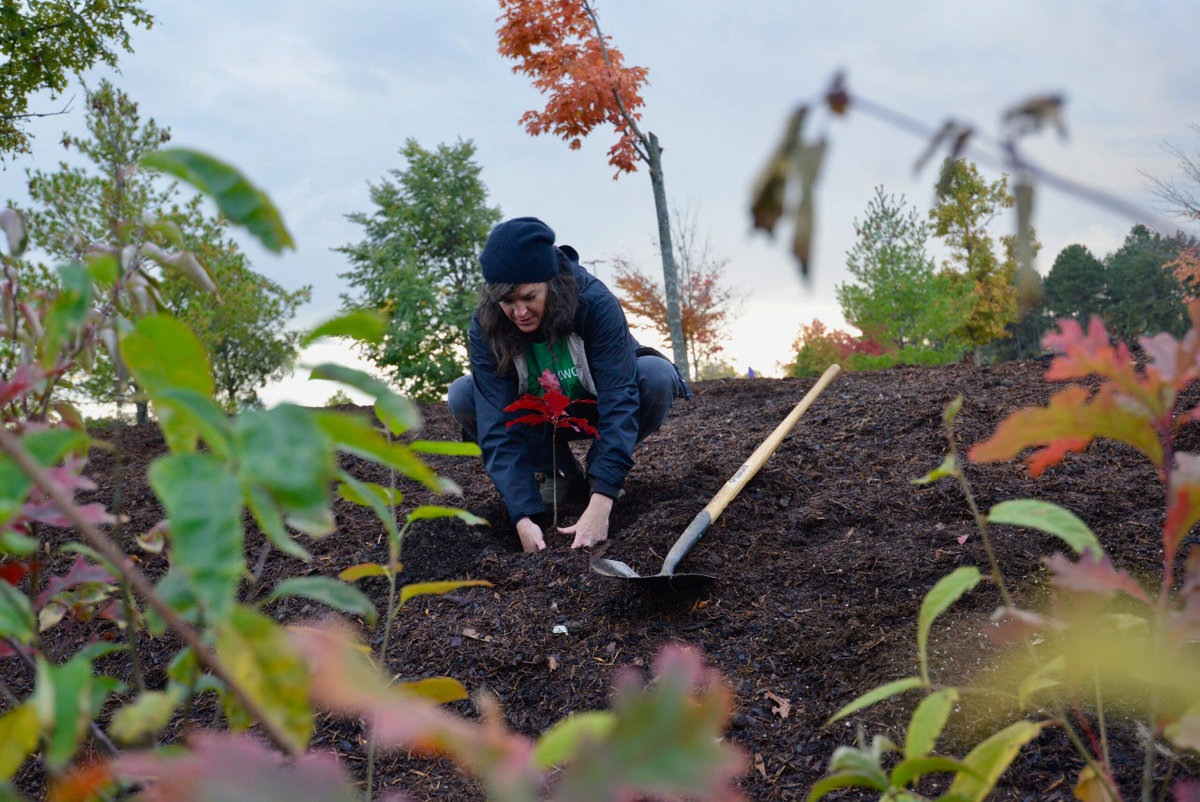
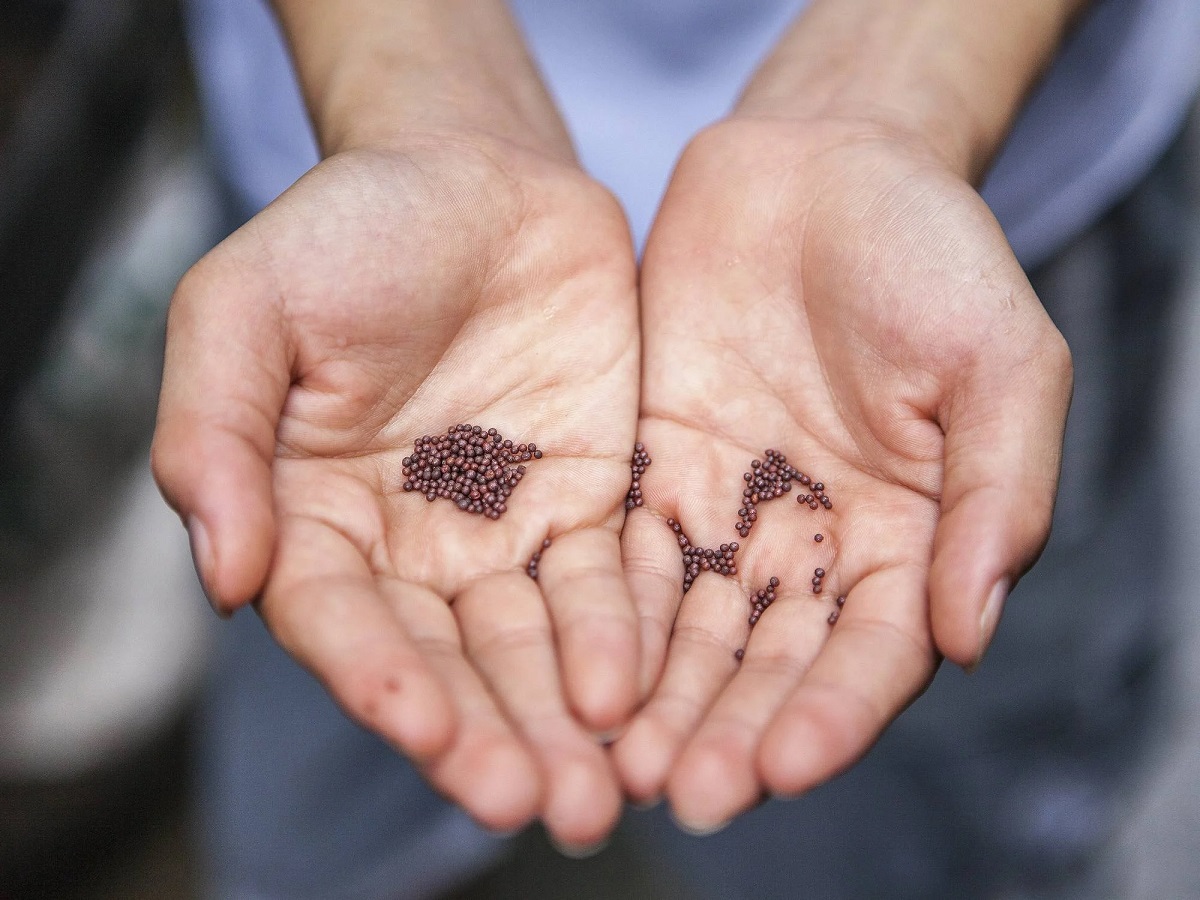
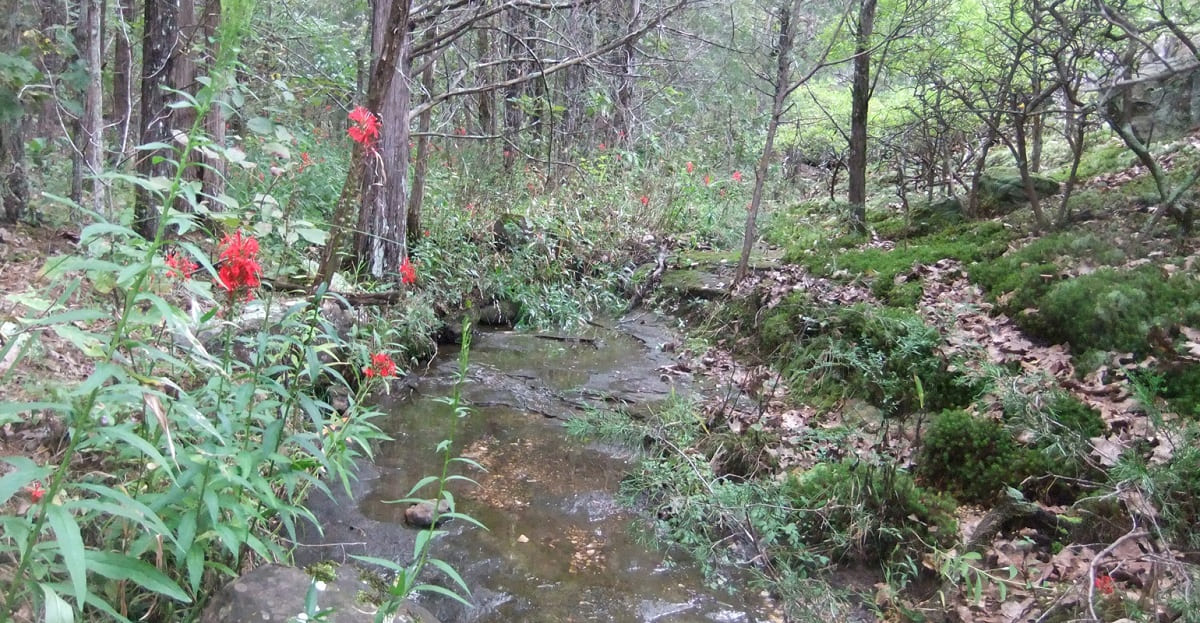
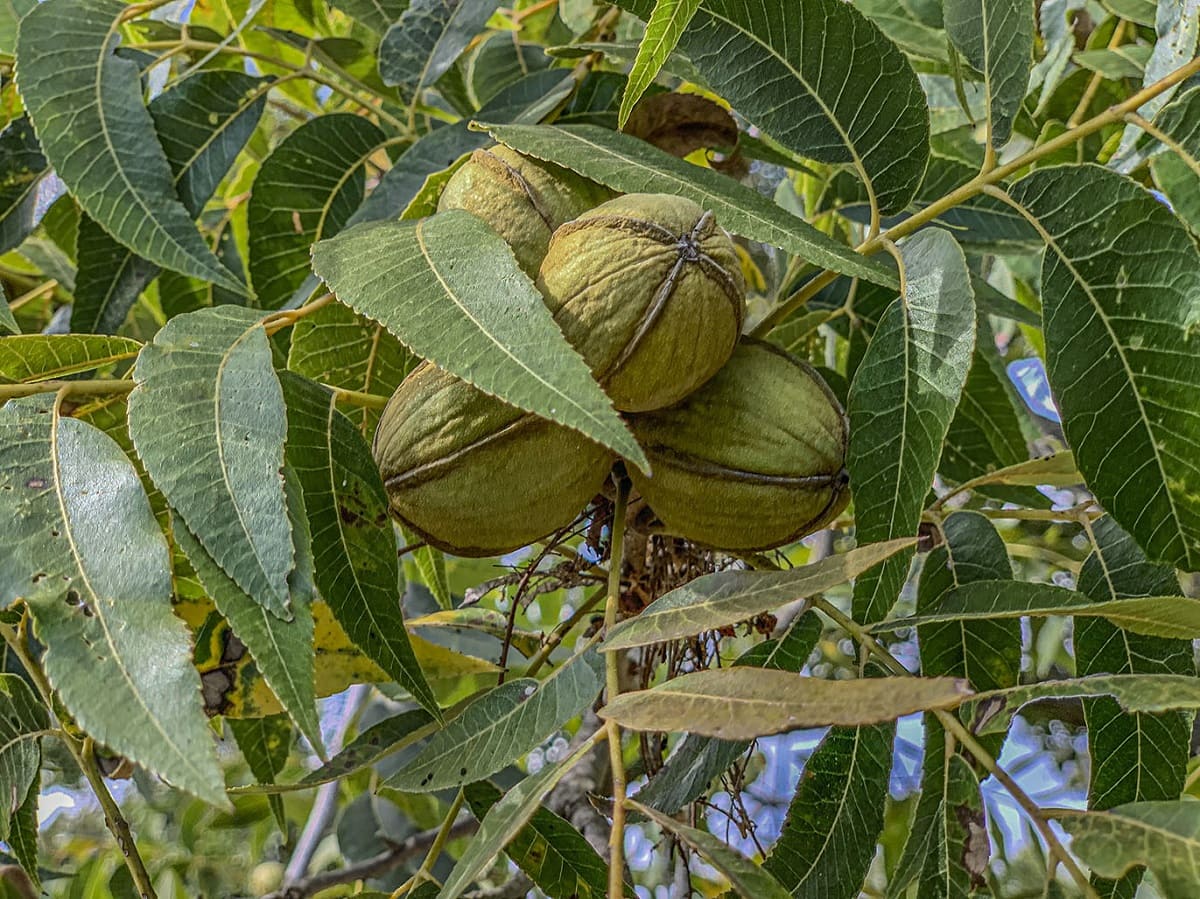


0 thoughts on “What Native Plants Should I Plant”